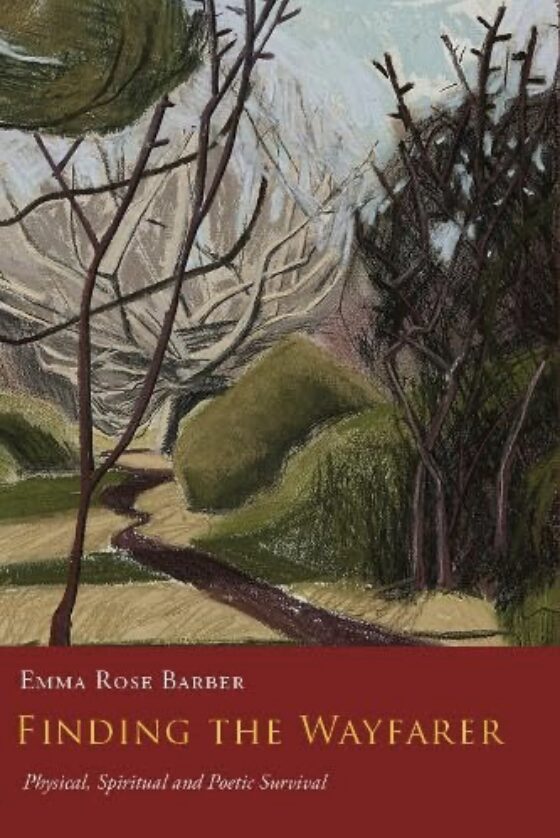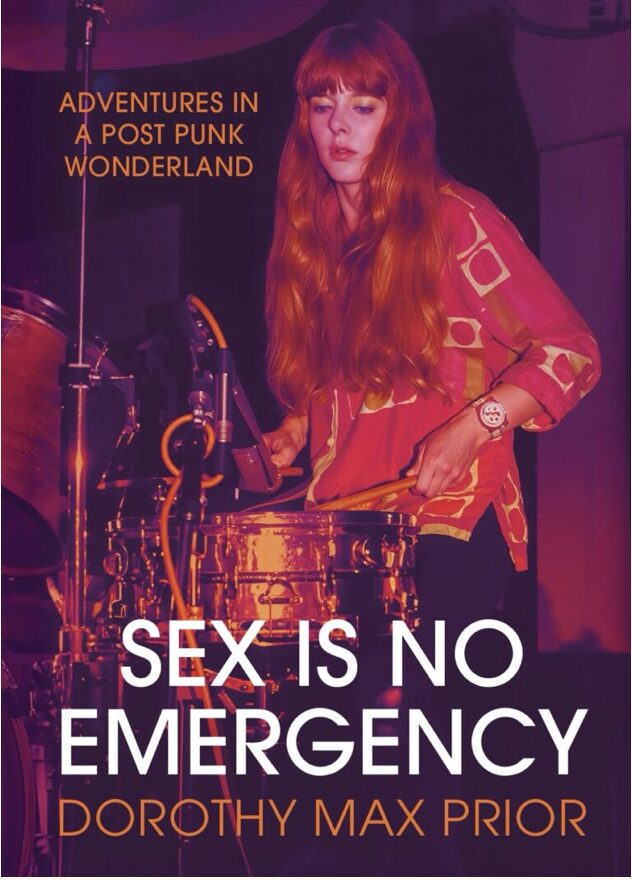Recent Sussex-related publications.




Poet Town (Moth Light Press) is a collection of poems by Hastings residents, set in the ‘seaside holiday resort that needs a holiday’, as Salena Godden puts it in her foreword. Godden is one of 32 contemporary poets included: in Under The Pier she recalls, as a teenager, sitting under the boardwalk, smoking B&H and taking magic mushrooms, which make the sea ‘all blood and ink’. The town is portrayed with fondness, but never romanticised; psychogeographer Iain Sinclair, who contributes three pieces, ends Marine News East describing ‘one fat chip mayonnaise-fixed to the lip of the red letter box’. In marlon in the window, Pete Donohue describes the self-pity of a dying man in a boutique bar illicitly pouring Irish whisky into a pint of Guinness acquired on a tab everyone knows will never be paid. ‘All the locals know his story’, writes Donohue; ‘the passing trade don’t give a toss’.
Hastings comes across as a town of joyful menace where, as Penny Pepper puts it: ‘The seagulls mewl and poo poo-poo/ Grabbing ice creams, bags of chips.’ The last contemporary poet featured, before a selection of historic poems about the town, is Henry Normal, featured in ROSA #12, who also mentions Hastings’ noisiest residents: ‘Seagulls dot the scene/ like flecks on a lens’. His mood-shifts reflect the contradictory complexity of his hometown: Better Days ends the section with aching desperation; Sit Down Poetry, which precedes it, has me laughing out loud, with its chipper absurdity.
Emma Rose Barber’s Finding the Wayfarer (Tandem Press) is part memoir, part travelogue and part historical research project, examining the societal role, significance and plight of wanderers, vagrants and pilgrims – ‘wayfarers’ – in English history, theology and literature. In a meandering, contemplative style, Barber traipses through Sussex and Norfolk reflecting on those who have trodden the same paths before her, since Saxon times. Travelling alone, she carries with her the weight of exhaustive research into her subject, citing writers, artists and theologians, from William Cowper to William Wordsworth, from John Clare to Grayson Perry, from Hieronymus Bosch to Samuel Beckett. A figure she discovered inked into the margins of a 14th-century psalter – barefoot, thick calved, crutch-bearing – is omnipresent, serving both as spiritual companion and section-break visual motif.
In a similar vein, though more guidebook than spiritual ramble, is the latest publication from the excellent Snake River Press. The Long Man & Friends: Sacred Sussex, written by friendly druid Philip Carr-Gomm and man-of-many-hats David Bramwell, explores the mystic, pagan nature of the last county to succumb to Christianity, finishing with nine signposted walks enabling the reader to explore the county’s sacred sites first-hand. The authors delve into ley lines, chalk streams, tumps and tumuli, holy wells, magical trees and medieval wall paintings, explore the much-debated origins of the Long Man of Wilmington, investigate Lewes’s seven sacred hills (located in harmony with the Pleiades star cluster), and help you distinguish between the Devil’s Humps and the Devil’s Jumps.
There’s no sauce better than knowing you’ve produced the food on your plate. As chef, restaurateur and wine producer Peter Gladwin knows: he can entirely subsist throughout the year on food and drink produced on his own estate, Nutbourne in West Sussex. Nutbourne is very much a family affair, its tendrils stretching to the capital, with two of his sons running the ‘farm to fork’ Local & Wild restaurant group. And the whole family, including Peter’s artist wife Bridget, have collaborated on the beautifully illustrated An English Vineyard Cookbook (The Guild of Master Craftsmen Publications), offering recipes designed around local, easily sourced, seasonal ingredients, catalogued in monthly sections.
Two noteworthy Sussex residents have seen memoirs published this summer. In Pitch Invasion (Hachette) Karen Dobres charts her unlikely transition from sports-hating catwalk model to football club director. Dobres is a dedicated feminist, and it is worth saying that the football club in question is Lewes FC, owned by its fans, and the only club in the world to pay its women’s team the same as the men. Dobres joined her pioneering husband Charlie on the board, overcoming severe imposter syndrome with great energy and gusto. Her efforts helped push the little club firmly into the national consciousness as its women’s team (not ladies, please!) punched way above their weight, playing against the likes of Manchester United and Arsenal, while selling unusual merch, including hand fans for menopausal supporters.
Similarly page-turning is Dorothy Max Prior’s weighty, well illustrated Sex is No Emergency, a follow-up to her acclaimed 2022 memoir 69 Exhibition Road, also published by Strange Attractor Press. The new book takes us into the dancer and musician’s remarkable life in London and New York in the 80s, balancing a career as a ballroom dancer with her role as drummer in the experimental psychedelic band Psychic TV, before moving to Brighton to become a performance artist and mother of three children (to ‘Foz’ Foster, of The Monochrome Set fame). The reader is transported into the DIY ethos of the post-punk era, either side of the Atlantic; there are cameo appearances from friends and associates such as George Michael, Madonna and Derek Jarman.
Finally, talking punky DIY ethos, a worthy mention for the new art-related Brighton zine ART NOW, a staple-bound 44-pager full of monochrome photocopies of local outsider artists’ work, and Q&A style interviews with cult creatives including Philip Hawker, Bradley Tuck and, as synchronic luck would have it, Dorothy Max Prior. The publication decries the dearth of public spaces for artists’ work in the city, and in particular a ‘permanent contemporary art collection gallery’. Hear, hear.
Words by Dexter Lee

